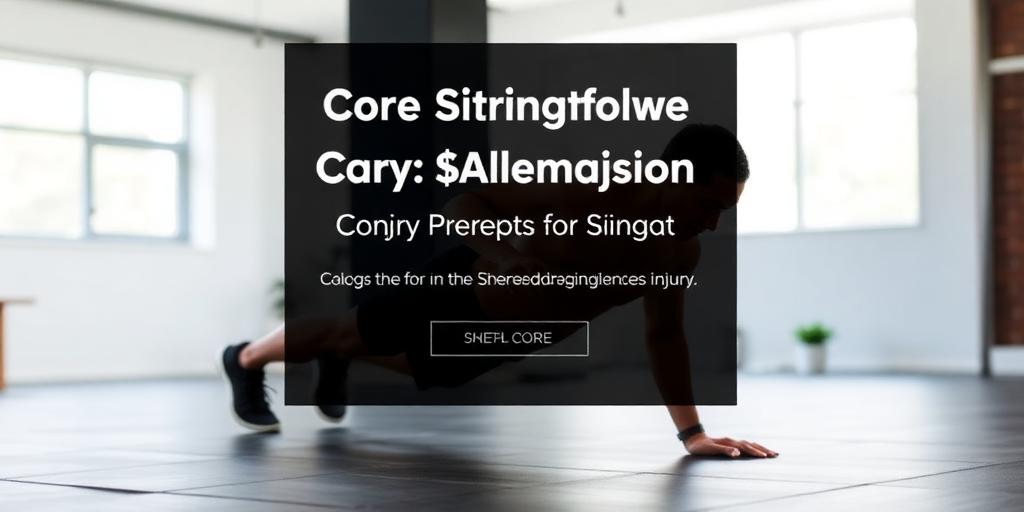Overuse injuries are a common problem, especially among athletes and individuals with physically demanding jobs. These injuries develop gradually over time due to repetitive stress on muscles, tendons, bones, and joints, and understanding their causes and implementing preventive measures is crucial for maintaining long-term health and well-being.
What are Overuse Injuries?
Overuse injuries, also known as repetitive strain injuries or cumulative trauma disorders, occur when the same motion is performed repeatedly, leading to microtrauma that accumulates over time. Unlike acute injuries resulting from a sudden impact or trauma, overuse injuries develop slowly and are often difficult to pinpoint to a specific event.
Common Causes of Overuse Injuries:
- Repetitive Movements: Performing the same motion repeatedly, such as typing, lifting, or running, can strain specific body parts.
- High-Intensity Training: Increasing the intensity or duration of physical activity too quickly can overload muscles and tendons.
- Improper Technique: Using incorrect form during exercise or work-related tasks can place excessive stress on certain areas.
- Inadequate Rest: Failing to allow sufficient recovery time between activities prevents the body from repairing damaged tissues.
- Poor Equipment or Ergonomics: Using ill-fitting equipment or working in an environment that doesn't support proper posture can contribute to overuse injuries.
Common Types of Overuse Injuries:
- Tendinitis: Inflammation of a tendon, often occurring in the shoulder (rotator cuff tendinitis), elbow (tennis elbow or golfer's elbow), or knee (jumper's knee).
- Bursitis: Inflammation of a bursa, a fluid-filled sac that cushions joints, commonly affecting the shoulder, hip, or elbow.
- Stress Fractures: Small cracks in a bone caused by repetitive stress, frequently seen in the lower legs and feet of runners.
- Carpal Tunnel Syndrome: Compression of the median nerve in the wrist, leading to pain, numbness, and tingling in the hand and fingers.
- Shin Splints: Pain along the shinbone (tibia) caused by inflammation of the muscles and tendons surrounding the bone.
Prevention Strategies:
- Gradual Progression: Increase the intensity and duration of physical activity gradually to allow the body to adapt.
- Proper Technique: Learn and use proper form during exercise and work-related tasks to minimize stress on joints and muscles.
- Adequate Rest and Recovery: Allow sufficient rest between activities to give the body time to repair and rebuild tissues.
- Cross-Training: Incorporate a variety of activities to avoid overuse of specific muscle groups.
- Stretching and Flexibility: Regularly stretch muscles to improve flexibility and range of motion.
- Strength Training: Strengthen muscles to support joints and reduce the risk of injury.
- Ergonomic Assessment: Evaluate the workstation and make adjustments to promote proper posture and reduce strain.
- Proper Equipment: Use well-fitting and appropriate equipment for the activity.
- Listen to Your Body: Pay attention to pain or discomfort and address it promptly. Don't push through pain, as this can worsen the injury.
Seeking Medical Attention:
If you experience persistent pain, swelling, or limited range of motion, seek medical attention from a healthcare professional. Early diagnosis and treatment can help prevent chronic problems and promote a full recovery. Treatment options may include rest, ice, compression, elevation (RICE), physical therapy, medication, or, in some cases, surgery.
By understanding the causes of overuse injuries and implementing preventive measures, individuals can reduce their risk and maintain long-term health and well-being. Remember to listen to your body, prioritize proper technique and gradual progression, and seek medical attention when needed.









